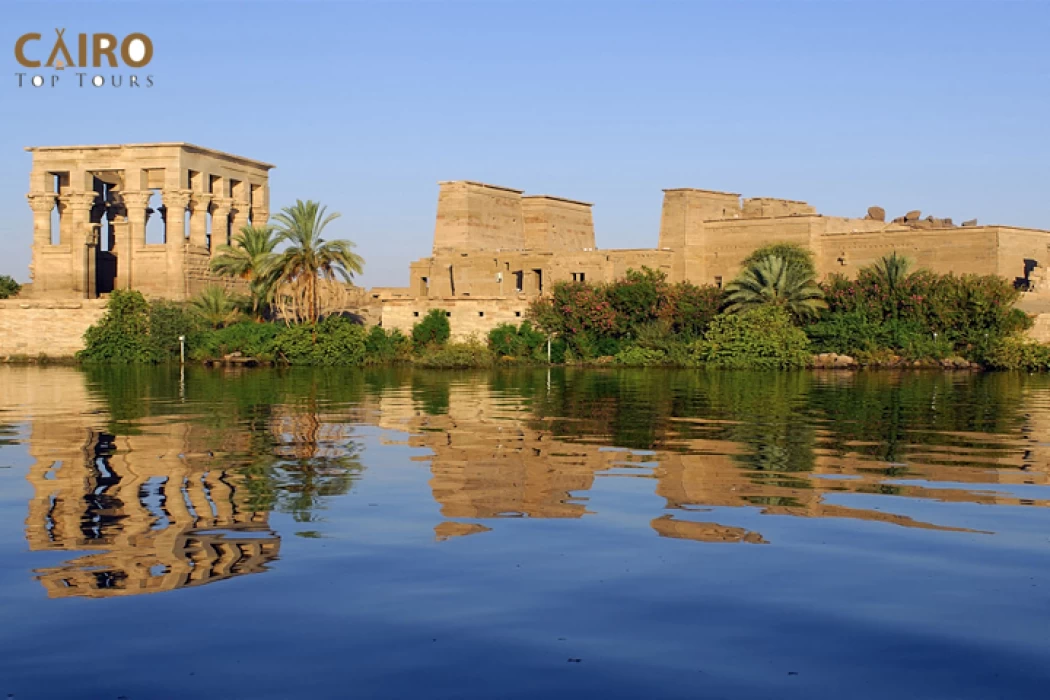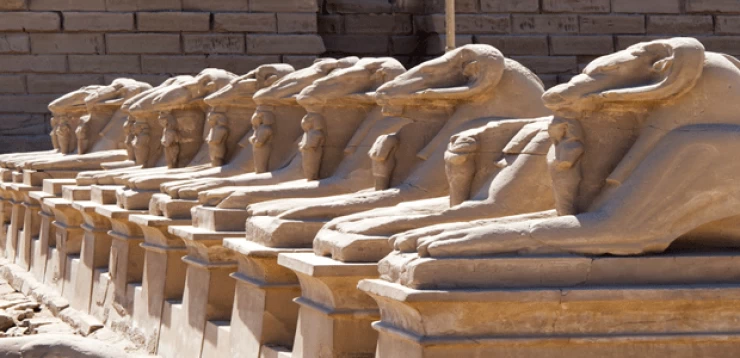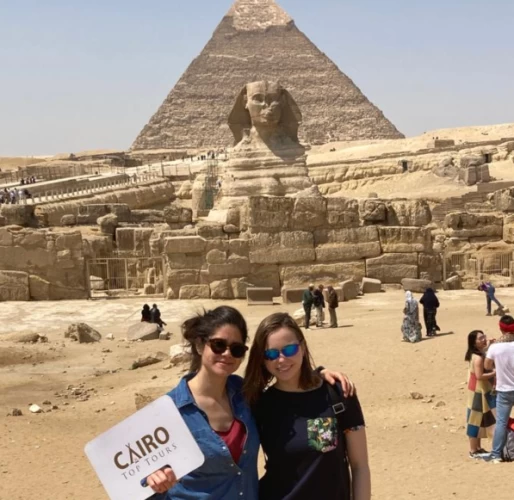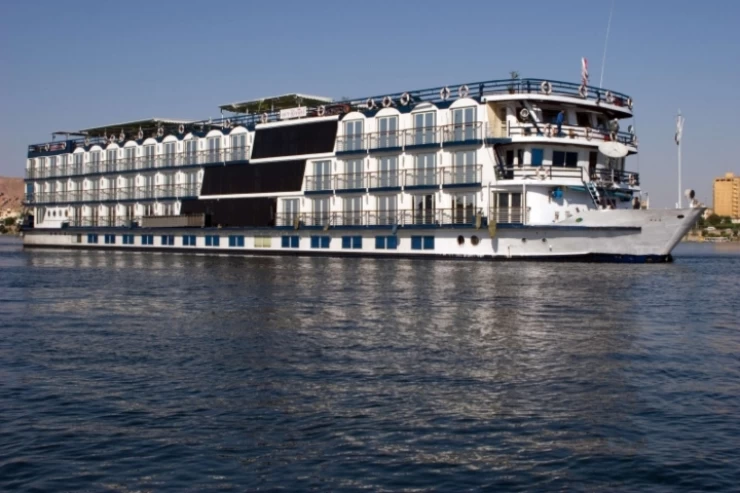
The Temple of Philae in Aswan
Temple of Philae
In upper Egypt, many wonderful cities are visited by tourists from all over the world. For example, Aswan is considered one of the most marvelous cities in Egypt, with its pharaonic monuments and large temples, such as Philae Temple and Abu Simbel Temple. You can also try a great Nile cruise and many other amazing things.
What is Philae, and why is it called that?
This name is taken from the Greek language, which means beloved, but in the ancient Egyptian word, it was called Belak, which means the end, as this city was once the end of Egypt, and that means it is in Egypt's borders, just as today Aswan is in Egypt's southern border.
Philae is not a city but an island in the Nile River that has more than one temple, the most famous of which is the Temple of Isis. Because of the High Dam construction, the temples and monuments there were then moved to another island called Agilika, also in Aswan.
Since Pharaonic times, Philae has been dedicated to Isis, and her worship has been popularized by the well-known story of the revival of her husband, Osiris; then Hathor and other goddesses were also worshipped there, and temples were constructed.
The worship of Isis went through various events in history; for example, in the Pharaonic era, they constructed many temples, even in the era of the Ptolemies, and this worship extended to the Greek and Roman lands, which made it an important worship in the times of these civilizations. After that, the Roman Emperor Theodosius, who was a Christian, tried to end the worship of these gods until it was stopped under the reign of Emperor Justinian and made Philae a Christian island.
He took some rocks for building churches because, in his time, an Egyptian priest wrote the last hieroglyphic text in history there, on the island of Philae. Even in the stories of Alf Leila wa Leila, Philae is referred to as the Anas al-Wujood, so this indicates the strength and importance of this worship in ancient eras.
What are the main temples in Philae?
If we organize the temples in Philae from the oldest, we will find that the oldest temple was a temple constructed by King Thutmose III, after the Ptolemies began to reign and the worship of Isis became more popular in Egypt and many people were interested in it, King Nachtneph founded another temple and this made Philae one of the most important places where this cult is held, as Ptolemy II constructed his famous temple, which began to open the way for the Ptolemies to imitate him and founded many temples after him, even the Romans built temples and other monuments, such as the Temple of Hathor by Ptolemy VI and Trajan's Kiosk.
Isis and Osiris worship
The worship received great attention during the reign of the Ptolemies and Romans, making it the most popular Egyptian religion in the world.
There is the famous story of the revival of Osiris, the brother of Isis and her husband, as he was cut into pieces and distributed all over Egypt, and then she went after him to collect him and revive Osiris again, and after they got married, they had the god Horus.
There is also a legend that one of these wonderful love stories is that after Osiris was killed, Isis made a tomb in Philae where she thought that some of her husband's body was found.
Philae temple shape
The temple consists of 3 halls; the first hall is for the common people, where there are 48 columns parallel on both sides of the hall.
At the entrance there are two lion statues, and this gate was built in the era of the last dynasty of the pharaohs.
On the walls of the temple there are also some modern phrases, as it was during the French expedition to Egypt that the French wrote phrases indicating that they came here and finished off the Mamluks who had fled to the south of Egypt.
As for the second hall of the temple, it was called the open hall, where this hall was divided into two parts; the first was dedicated to the priests and important state officials, and in front of it there were columns representing the largest priests in Egypt at the time, and the second part was the birthplace of the god Horus, the son of Isis and Osiris.
As for the last hall, which was called the Columns Hall, where the decoration of these columns was one of the most beautiful columns in Aswan, as it ends with a crown in the form of a lotus flower and papyrus to represent the people of the north and the people of the south, you will also notice on the columns figures of crosses, as Christians during the Roman period came to escape from Roman imperial persecution of them and took some of these temples as churches for them.
The most important place in the temple was the Holy of Holies, a narrow room with an altar on which they made sacrifices to the goddess Isis, and this room was only entered by the high priest to worship in it.
How was Philae's temple saved?
From the time the pharaohs built a temple on the island of Philae in the fourth century B.C. to the last Pharaonic king who constructed a temple on the island of Philae in the fourth century B.C.
Then came the Ptolemies and Romans, who constructed temples and other things, which made these precious monuments in danger of drowning, including the Temple of Philae.
Due to the construction of the new dam in addition to the old one, the island will become in the middle, and this will make the island drown because of the floodwaters that were prevented by the dam.
After several discussions between officials in the state, they proposed more than one proposal, but they were very expensive until they favored the best suggestion, which was to move many things on the island to the island of Agilika, which was not far from the island of Philae, and also put things like walls surrounding the island to keep the water away from it a little, and the great monuments of Philae were saved.
Philae Island and its temples are full of secrets and wonderful things to see and enjoy, and this place also has sound and light at night, making it a special place in Upper Egypt.


















